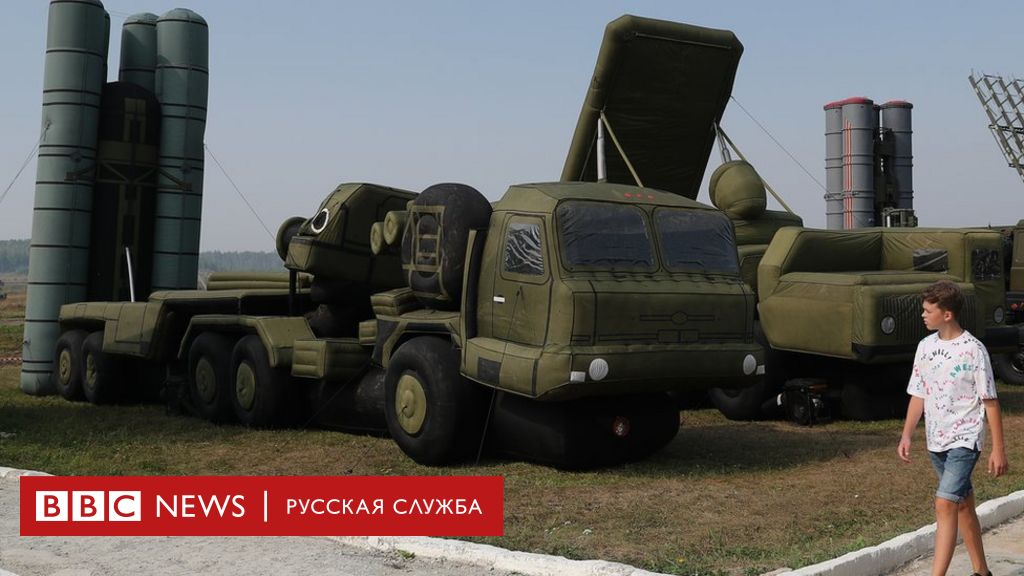
Soviet and Russian anti-missile systems of the second generation
Soviet and Russian anti-missile systems of the second generation
In March 1961, for the first time in the world, a ballistic missile warhead was destroyed in flight. This became possible thanks to the experimental anti-missile system A, developed in the Soviet Union by the KB-1 design team led by G. Kisunko. Successive interceptions confirmed the possibility of creating a ballistic protection system.
At the same time, it turned out that the fight against single ballistic missile warheads and the cessation of a massive attack when dozens of missiles and even hundreds of phantom targets approach the protected object are completely different issues. The key to countering ballistic missile warheads is their extremely accurate tracking and precise trajectory prediction. System The single target tracking method using three or four spaced radars was accurate, but for each target it was necessary to use at least three radar pads at the same time, separated by hundreds of kilometers from each other. Therefore, the Kisunka method was abandoned in favor of using only one radar, and the lower tracking accuracy was compensated for by the use of nuclear warheads in anti-missiles. Even this method did not solve the problem of visible targets. Each incoming warhead was camouflaged by at least a few of these targets, which were difficult to distinguish from it by radar. This fact—and the rapidly growing number of ballistic missiles that the enemy could launch almost simultaneously—meant that Moscow’s sophisticated missile defense system, designated A-35, was unable to secure the Soviet capital from the start. The situation only slightly improved after the upgrade of the A-35 to the A-35M standard (these systems were described in detail in Wojsko i Technika Historia No. 3/2016). Therefore, even before the completion of the A-35, work was underway on more advanced and realistic missile defense systems.
System S-225
The first such promising design, although not originally intended to deal with long-range missiles, was the S-225 Azov, developed by KB-1 under the leadership of A. Raspletin. In fact, the general designer did not take an active part in the construction work and even repeatedly and publicly doubted the expediency of their implementation, arguing that at the then level of development of radar, rocket and computer technology, it was unrealistic to create an effective system to stop massive rocket attacks. He also shared the opinion that the only way to successfully select light phantoms was to wait until all of these objects entered the atmosphere. Light targets will be slowed down and burned in its upper layers. However, very little time elapsed from the moment of entry into the atmosphere until the warhead reached its target, so the anti-missiles had to be really fast. In addition, the guidance had to be very precise, since it was not possible to use powerful nuclear warheads. Their release near a protected object could have almost the same devastating consequences as an enemy attack.
